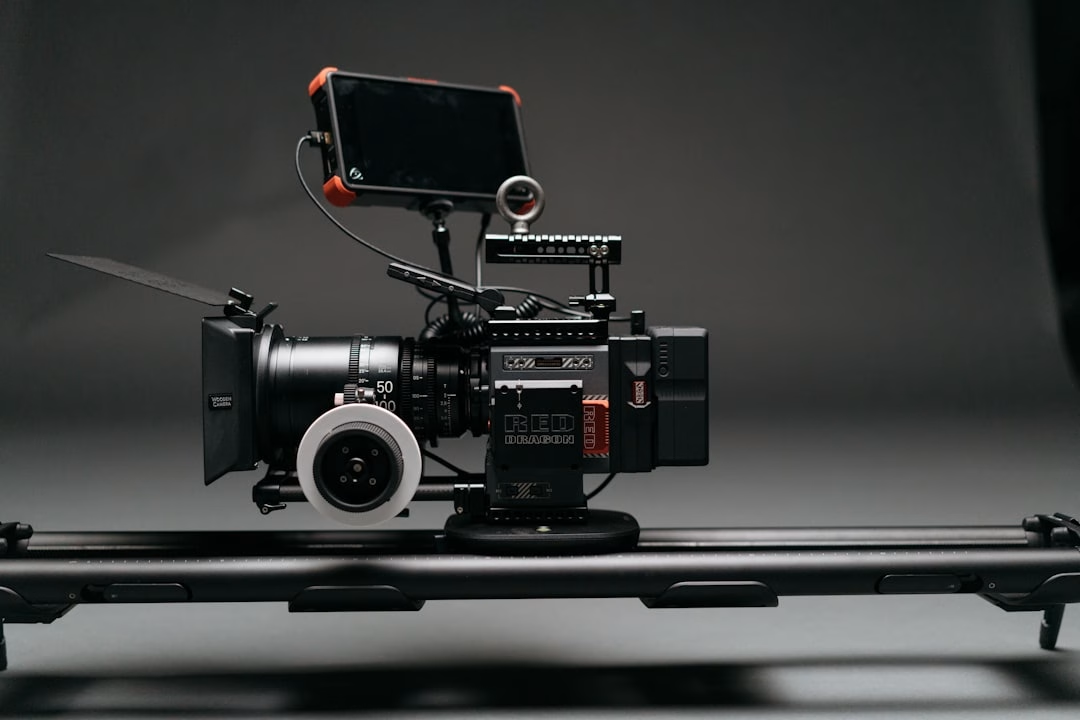Exploring the Power of Editing in Cinema
Editing is a fundamental part of the filmmaking process, a critical aspect of visual storytelling that can dramatically influence how a narrative unfolds on the screen. Let’s dive into exploring the power of editing in cinema, its techniques, and its role in shaping our cinematic experiences.
The Basics of Editing
Before exploring specific techniques, it’s essential to understand the basics. The main task of film editing is not just about cutting and gluing films, but it’s about controlling the rhythm of the film, giving it pace, creating a narrative structure, building tension, and importantly, telling a visually compelling story.
Some Essential Editing Techniques
- Continuity Editing: This technique seeks to maintain a clear and continuous narrative progression. It involves shot/reverse shot, establishing shot, match cuts, etc.
- Juxtaposition: This clever technique involves placing two shots or sequences next to each other to create a new meaning.
- Cross-cutting/Parallel Editing: This is often used to establish action occurring at the same time and usually in the same place.
- Montage: This involves a rapid succession of images to illustrate an association of ideas.
- Long Take: This editing style involves continuous action over a long period without any cuts.
How Editing Shapes Movie Perception
Editing plays a crucial role in guiding the viewer’s emotional response and interpretation to the movie. It can make scenes more intense, evoke a wide range of emotions, and wrap the story in a cohesive package all through clever cuts and transitions. Depending on how the editing is done, a scene can be made to appear funny, scary, dramatic, or exciting.
Wrap Up
The significance of editing in cinema cannot be overstressed. It has the power to either elevate a film to great heights or ruin an otherwise promising project. It’s the invisible art that contributes significantly to a film’s mood and narrative coherence. As technology continues to advance, the possibilities for cutting-edge editing techniques will only increase, shaping the future of filmmaking.
